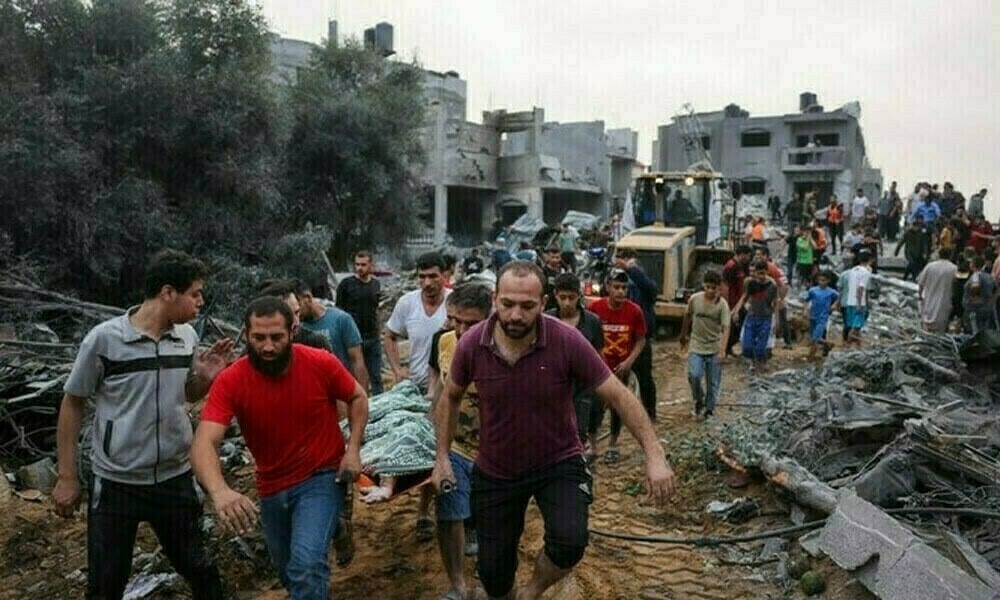The ongoing conflict in Gaza has resulted in an alarming humanitarian catastrophe, with the latest reports from the Gaza Health Ministry confirming that at least 50,021 people have lost their lives due to Israeli air and ground strikes since October 7, 2023.
The civil defence agency in Gaza, corroborating these figures, has independently confirmed that the death toll has exceeded 50,000.
The United Nations (UN) has deemed the health ministry’s statistics as reliable, further underlining the severity of the ongoing crisis.
Renewed Israeli Offensive Following Truce Breakdown
The surge in fatalities follows the breakdown of a temporary truce, which had largely held since January 19, 2024. Hostilities resumed with intense Israeli bombardments and an escalated ground offensive.
In the last 24 hours alone, the health ministry reported at least 39 deaths, underscoring the continued brutality of the airstrikes and ground assaults.
Reports confirm that an Israeli airstrike in southern Gaza resulted in the death of a senior Hamas political leader. This targeted attack comes as part of Israel’s broader strategy to dismantle Hamas’s operational capabilities.
A study published in January 2024 in the British medical journal The Lancet suggested that the actual number of deaths in Gaza might be significantly higher than the figures reported by the Gaza health ministry.
The study estimates that the death toll due to hostilities in the first nine months of fighting is approximately 40% higher than official records indicate.
Humanitarian Organizations Call for Ceasefire
The continued airstrikes and military incursions have devastated infrastructure, leaving thousands without access to basic necessities such as food, water, and medical aid.
The World Health Organization (WHO) has also warned of an impending health disaster, citing widespread shortages of medical supplies, overwhelmed hospitals.
The conflict has led to massive displacement, with hundreds of thousands of Palestinians forced to flee their homes. The destruction of civilian infrastructure, including hospitals, schools, and residential buildings, has exacerbated the suffering of the displaced population.
The UN Relief and Works Agency (UNRWA) estimates that over 1.9 million Palestinians—nearly 85% of Gaza’s population—are now internally displaced.
The international community remains deeply divided over the ongoing conflict. While some nations, including the United States and the United Kingdom, continue to support Israel’s right to defend itself, others have condemned the disproportionate use of force and the high civilian death toll.


